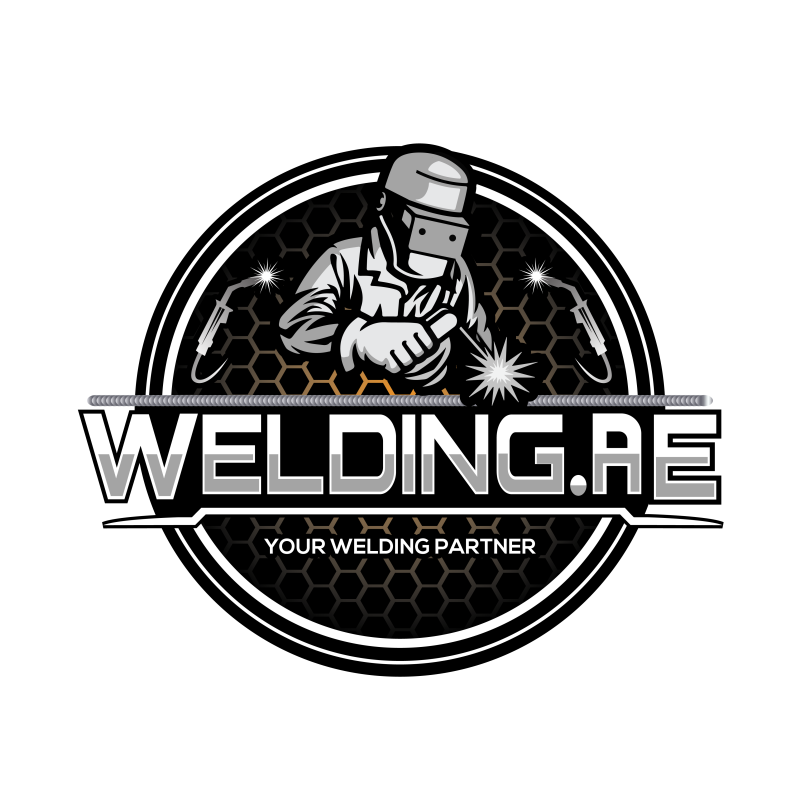CAVITEC GMA & SMA WELDING WIRE
In stock
UNIQUELY ENGINEERED ELECTRODES AND WIRES DESIGNED TO RESIST SEVERE CAVITATION-EROSION DAMAGE
A patented, proprietary alloy uniquely engineered to resist damage from severe cavitation-erosion, CaviTec is manufactured under license from Hydro-Quebec-Canada. CaviTec, with its enhanced properties, is an austenitic-type alloy containing controlled amounts of chromium, cobalt, silicon and maganese. The finely controlled balance of these elements significantly improves strain-hardening and shock-dampening properties. The result: improved cavitation-erosion resistance. CaviTec is proven to last up to six times longer than traditional stainless steel overlays. This high strain, work-hardening austenitic stainless steel delivers maximum protection for areas needing frequent or major repairs. CaviTec’s all position weldability also makes controlled overlapping and profiling very easy to do. Essentially an austenitic γ-phase structure. This metastable phase transforms under cyclical stress to an α-martensitic phase which results in a very fine deformation twinning. Remove damaged area with arc-air or plas-ma gouging. Grind gouged surface to remove oxides and slag. Minimum depth of preparation should be 3,2 mm or 1/8”. If the refill depth is greater than 9,5 mm or 3/8” first fill with a grade 309L. This preparation is need-ed to maintain a maximum CaviTec deposit depth of 9,5 mm or 3/8”.
Maintain a medium-to-short arc and incline the electrode at a 45° angle in the direction of travel. The preferred bead profile should be a non-weave. Back-fill craters to reduce crater-cracking tendencies.
Grind to profile.
(* In highly stressed regions of the turbine runner it is recom-mended that a buttering layer of 309L be deposited. In such cases, the minimum depth of preparation should be increased to 1/4“ (6mm).)
Maintain a medium-to-short arc and incline the electrode at a 45° angle in the direction of travel. The preferred bead profile should be a non-weave. Back-fill craters to reduce crater-cracking tendencies.
Grind to profile.
(* In highly stressed regions of the turbine runner it is recom-mended that a buttering layer of 309L be deposited. In such cases, the minimum depth of preparation should be increased to 1/4“ (6mm).)
Applications
- Francis turbines
- Kaplan turbines
- Propeller turbines
- Bulb turbines
- Draft tubes
- Impellers
- Pumps & valves
- Wicket gates
Technical Data
Typical Hardness (as deposited)
250 – 280 HV30
Typical Hardness (work-hardened)
270 – 300 HV30
Typical Hardness
230-260 – 308/309 stainless steel


